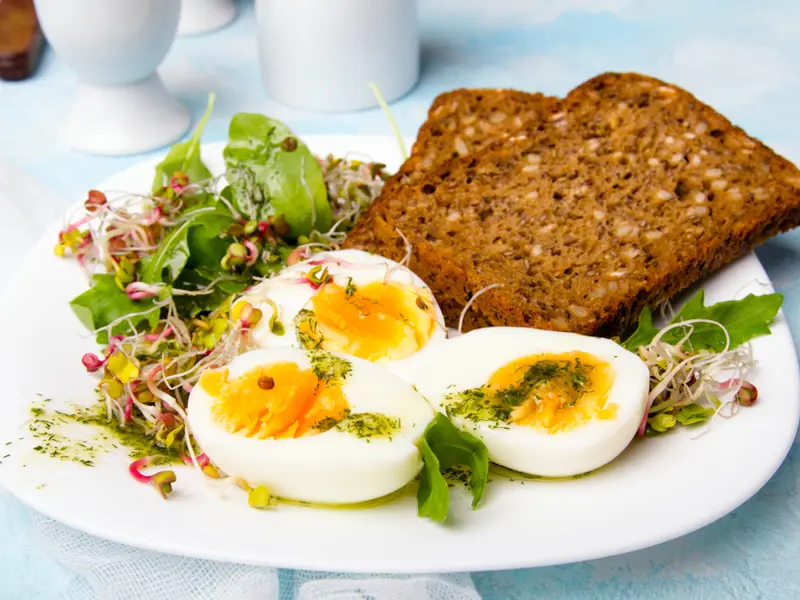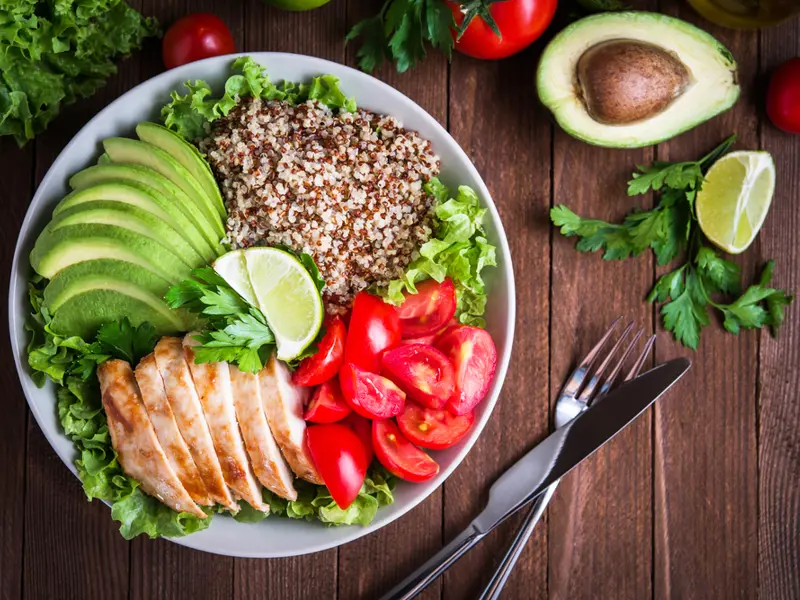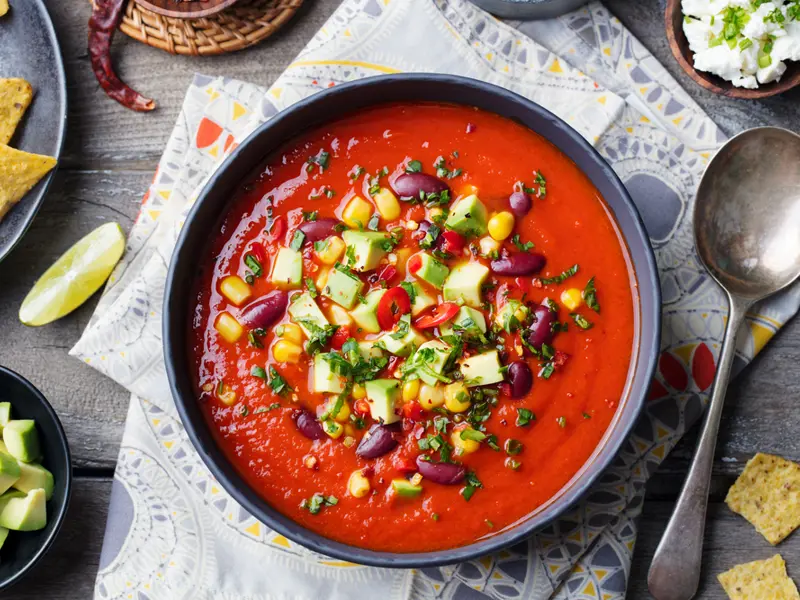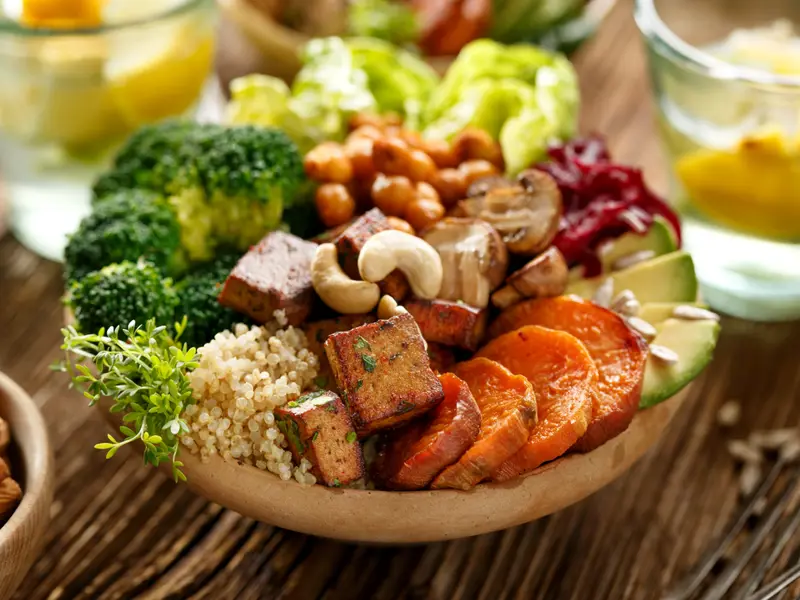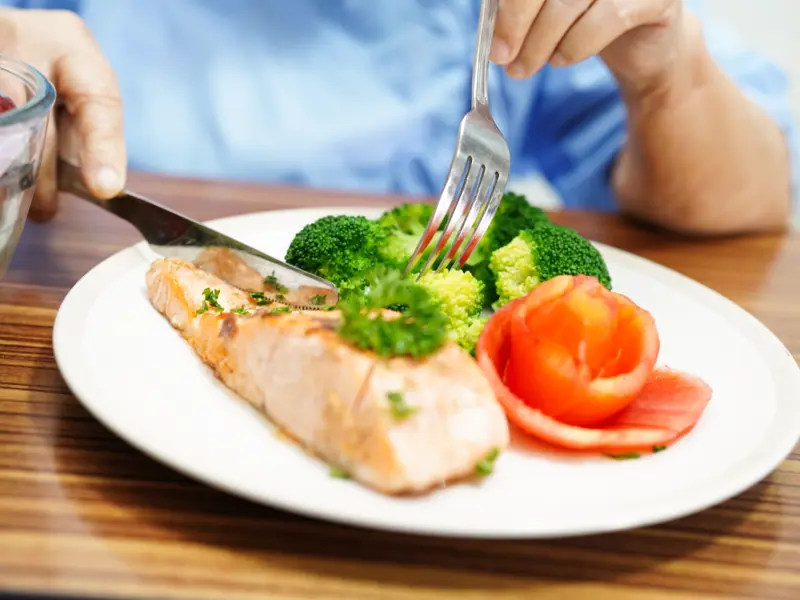Creating a Healthy Diet
We aim to support anyone on their journey towards a healthy, sustainable diet.
We aim to give people access to reliable science-based information to support anyone on their journey towards a healthy, sustainable diet
Sara Stanner, Science Director, British Nutrition Foundation

